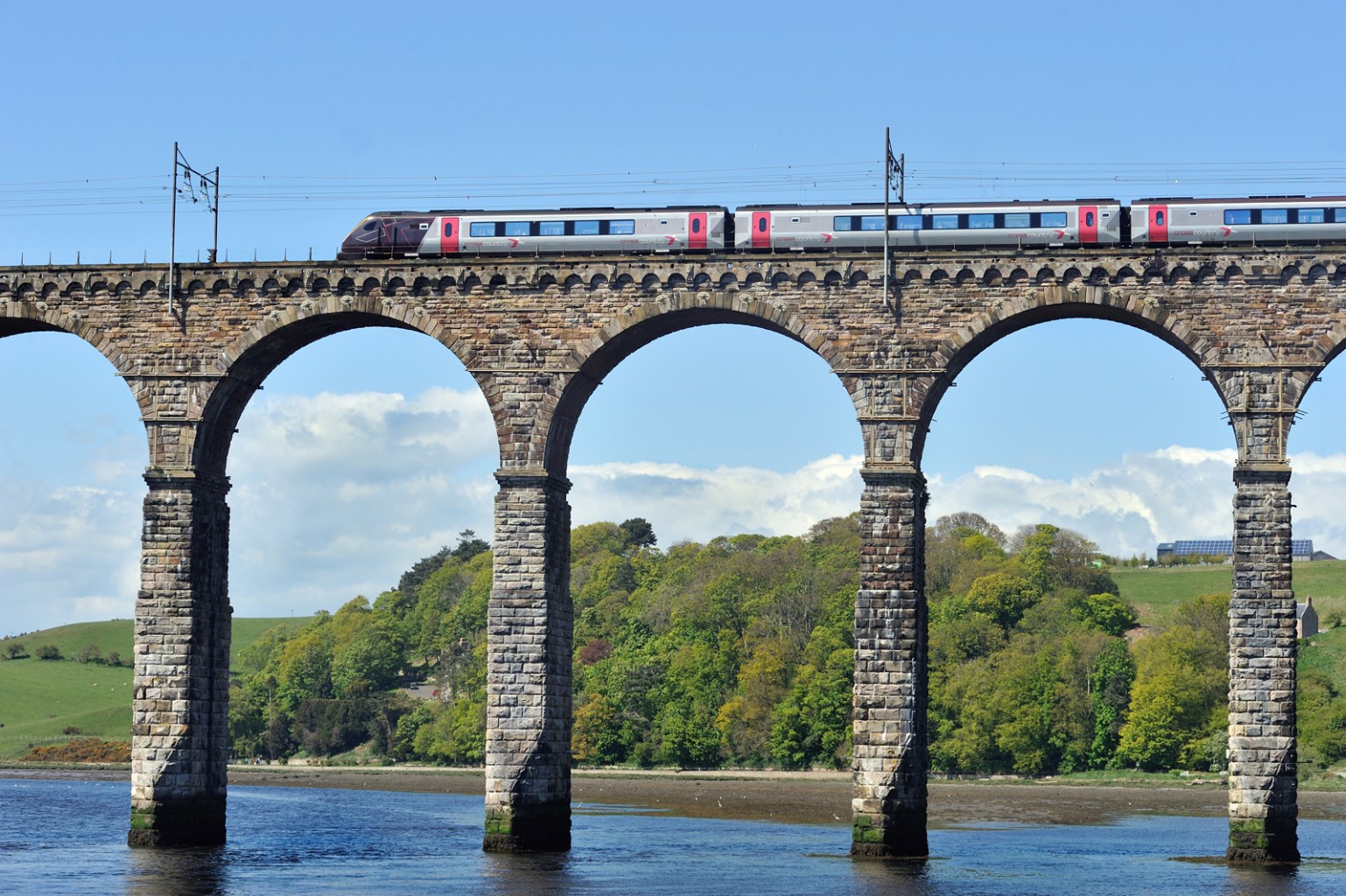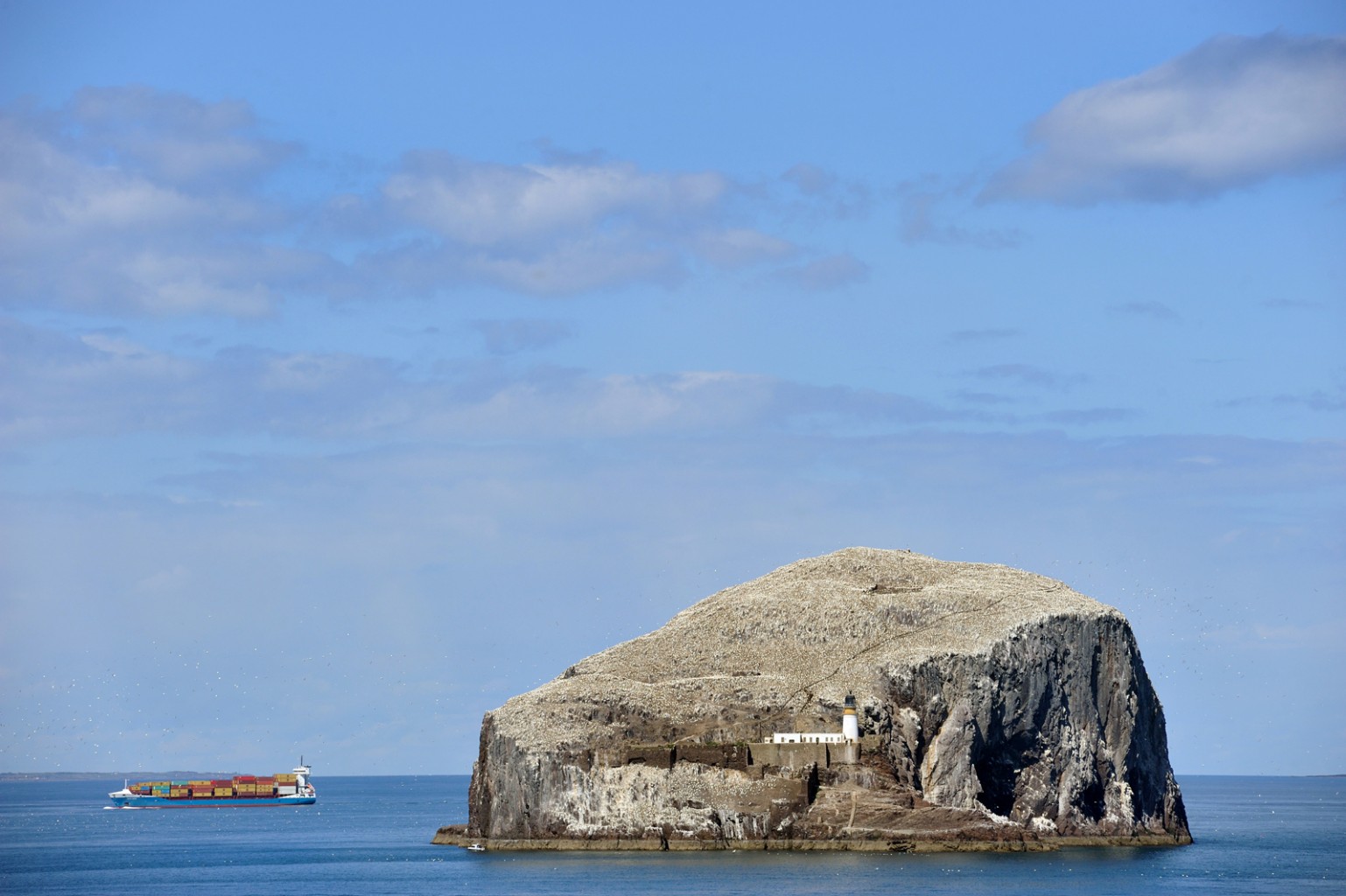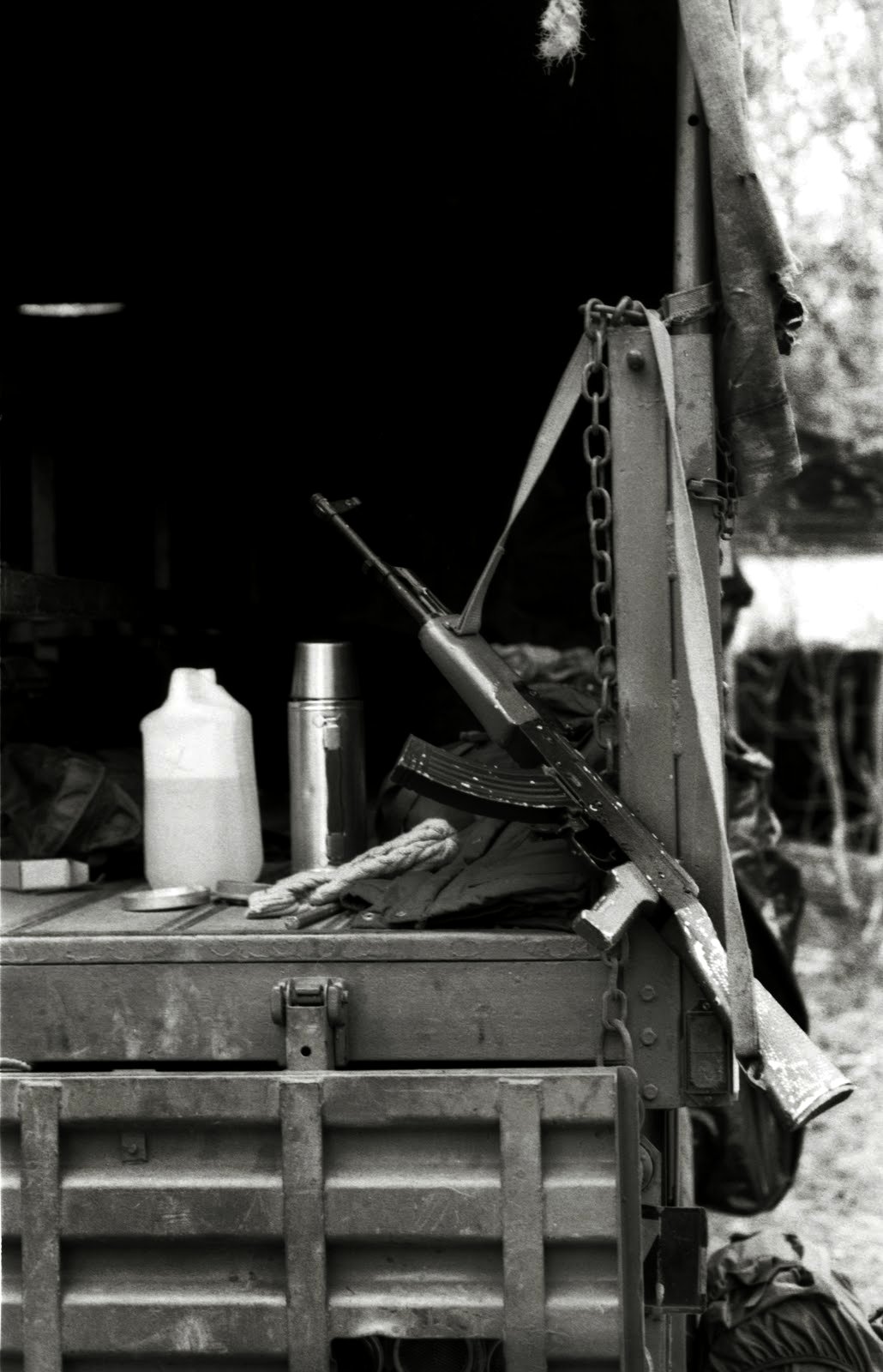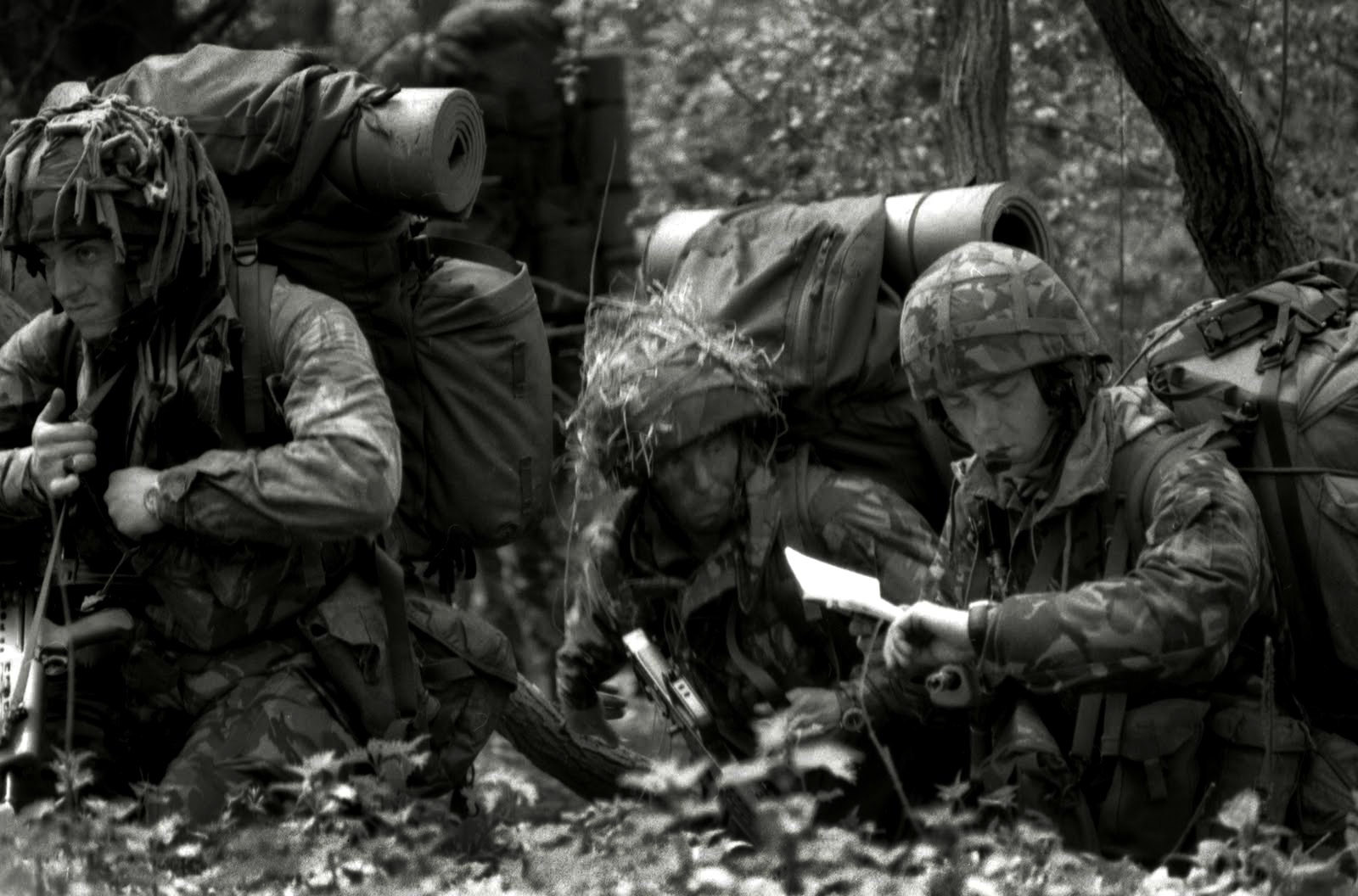Lost in thought on a Norfolk Beach
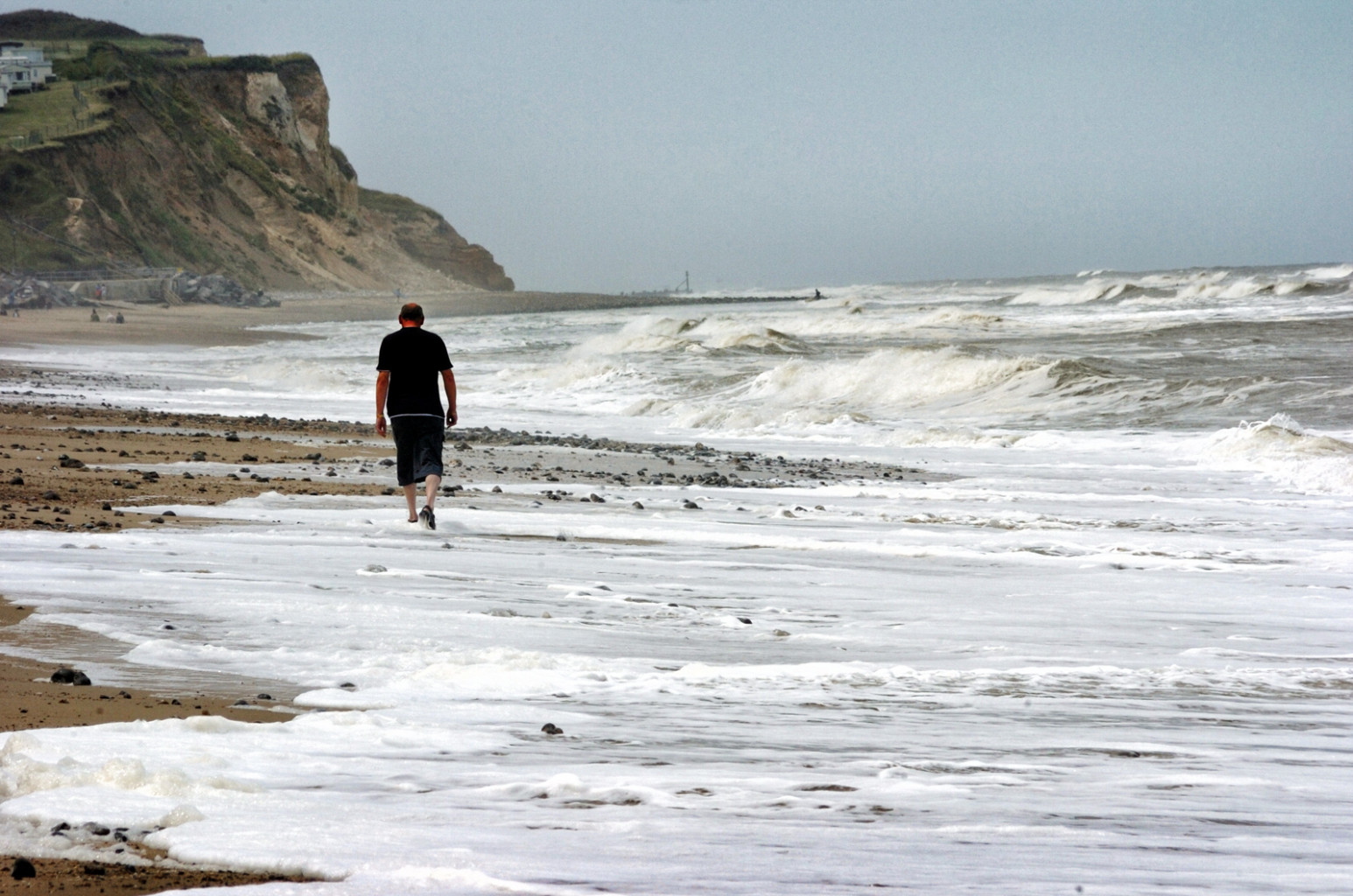
Back in the Archive
There is nothing like a Norfolk beach for clearing your head and finding some peace. Recently I’ve been diving into my digital archive which was an enjoyable if sometimes overwhelming experience. It often comes as a shock to realize how many years have gone by since some of the images were taken. Over the next few months, I’ll be posting some of the photos I’ve found and talking about how the photograph came about.
Rough Weather
This photo was taken in Norfolk in the summer of 2008. I’ve always liked the sense of peace. I spotted this man lost in his own thoughts wandering along the beach between Cromer and East Runton in Norfolk. The weather was very humid and storms had been occurring every day like clockwork. A warm wind had built up and the sea had become quite rough. You could feel in the air that another storm was building up.
Around five shots were taken of this guy walking along the Norfolk beach but this one captured the moment. His head is down in thought and the waves had pushed water up the beach for us to both walk through.
I turned back once I reached East Runton and headed back to Cromer where my car was parked.
Prints at Redbubble
This photograph and many more can be purchased as wall art, clothing, phone cases etc via at https://richflintphoto.redbubble.com/


